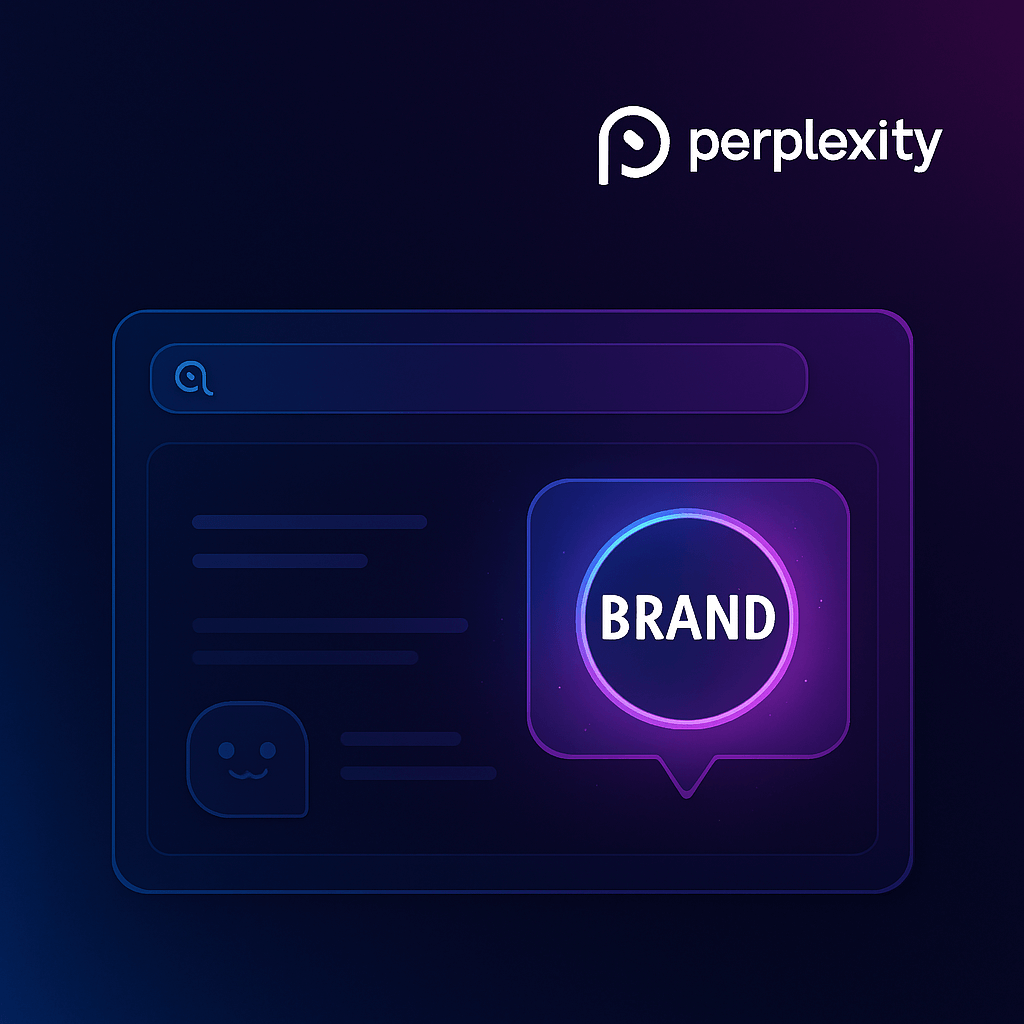Introduction
If you’re serious about Answer Engine Optimization (AEO), you can’t afford to ignore Perplexity AI. Unlike other AI tools that summarize without attribution, Perplexity prioritizes citations—meaning your brand can be directly linked, quoted, and sourced in real-time responses. In this article, we’ll show you five strategic ways to get your brand cited in Perplexity AI, enhancing both your discoverability and your domain authority.
Why Perplexity AI Is Unique Among AI Assistants Perplexity is a real-time answer engine that:
- Pulls directly from the web
- Cites sources within every response
- Favors recent, reputable, well-structured content
It functions more like an AI-powered version of Google Scholar for general audiences, meaning that high-quality content has a strong chance of being featured—if properly formatted and positioned.
How Perplexity Selects and Cites Content Perplexity uses:
- Web crawling + search APIs to source answers
- Citation-based logic to link to original URLs
- Authority and clarity filters to rank which content is cited
Pages that are clear, structured, and hosted on domains with high trust (like news outlets, blogs, and wikis) are prioritized.
Strategy 1: Publish on Authoritative, Citation-Worthy Platforms
If your brand is only mentioned on your own website, Perplexity is less likely to surface you.
Do this:
- Get featured in reputable tech, marketing, or niche industry blogs
- Seek out industry directories, review sites, and Q&A platforms (like Quora or Stack Overflow)
Pitch thought leadership to media outlets and contributor platforms (e.g., Entrepreneur, Forbes Councils)
Strategy 2: Use Structured Data to Clarify Your Entity
Structured data helps Perplexity understand who you are and what you offer.
Implement:
- Organization, FAQPage, Product, and WebPageschema types
- sameAslinks to your LinkedIn, Crunchbase, and relevant profiles
- Meta descriptions that match your brand’s elevator pitch
The clearer your site’s metadata, the easier it is for Perplexity to recognize and cite you.
Strategy 3: Get Referenced on Wikipedia and Wikidata
Perplexity favors sources with domain-level trust—and few are as trusted as Wikipedia.
Steps to take:
- Create or improve a Wikipedia entry for your brand, founder, or product category (if notable)
- Ensure you’re listed in relevant Wikidata items
Use consistent language across your website to match these entries
Strategy 4: Create High-Quality, Explainer Content
Perplexity often cites pages that answer specific questions clearly.
Content format to prioritize:
- What is [Your Brand]?
- How does [Your Product] work?
- Benefits of [Service Category]
- Comparison pages and product roundups
Use headers that mirror user questions and answer them directly.
Strategy 5: Optimize for Prompt Alignment
Perplexity responses are prompt-triggered. The more your content aligns with the way users ask questions, the more likely it is to be cited.
Optimize for:
- Phrases like “best tools for…”, “alternatives to…”, “what is…”
- FAQs and featured snippets
- Natural, declarative sentence structure
Use tools like Rank Prompt to explore real prompts where your brand should appear.
Bonus: Monitor & Improve with Rank Prompt
The best way to track your success is to measure it.
With Rank Prompt, you can:
- Scan how often and where you’re mentioned in Perplexity AI
- Identify which prompts include you—and which don’t
Get recommendations to increase your brand’s citation footprint.
Final Thoughts
Getting your brand mentioned in Perplexity AI isn’t about gaming the system—it’s about meeting the standard of clarity, credibility, and structured authority that AI tools are designed to trust. Follow the strategies above to become a cited, reliable source in this fast-growing answer engine ecosystem.
Want to know how your brand performs today? Run a free scan at Rank Prompt.com and get instant insights into your visibility across Perplexity, ChatGPT, Gemini, and more.

